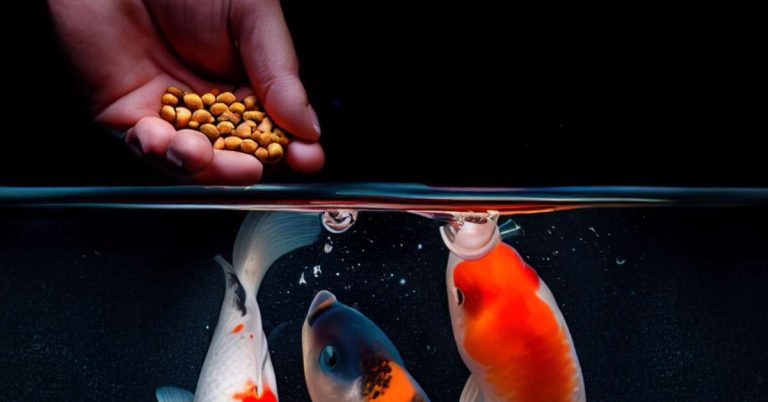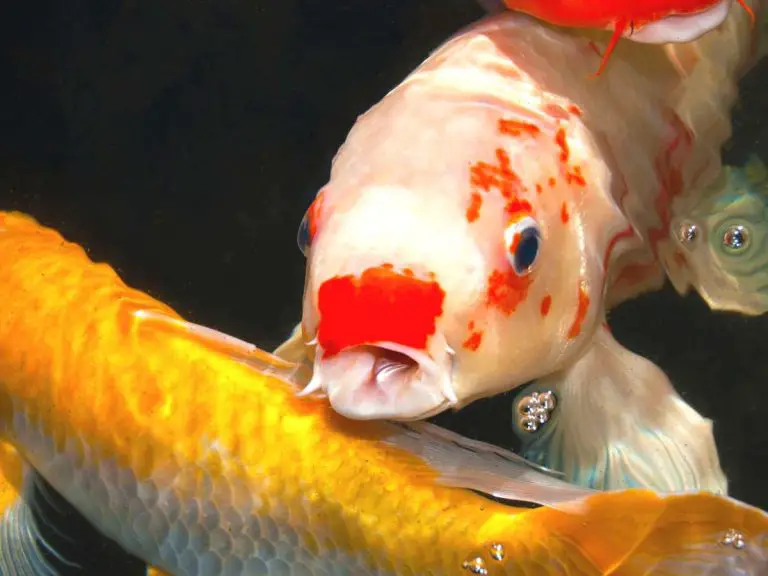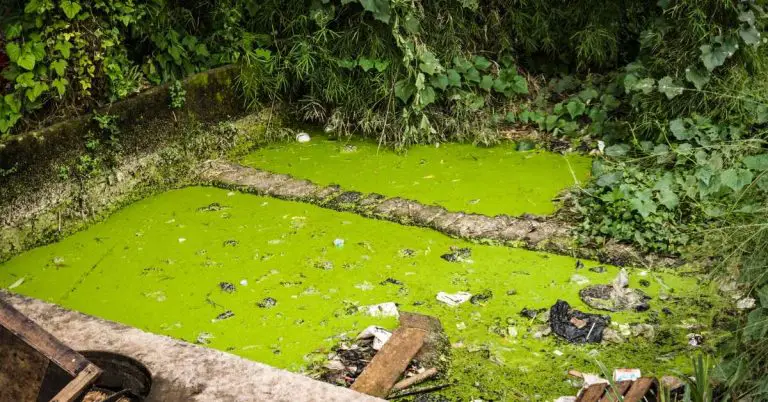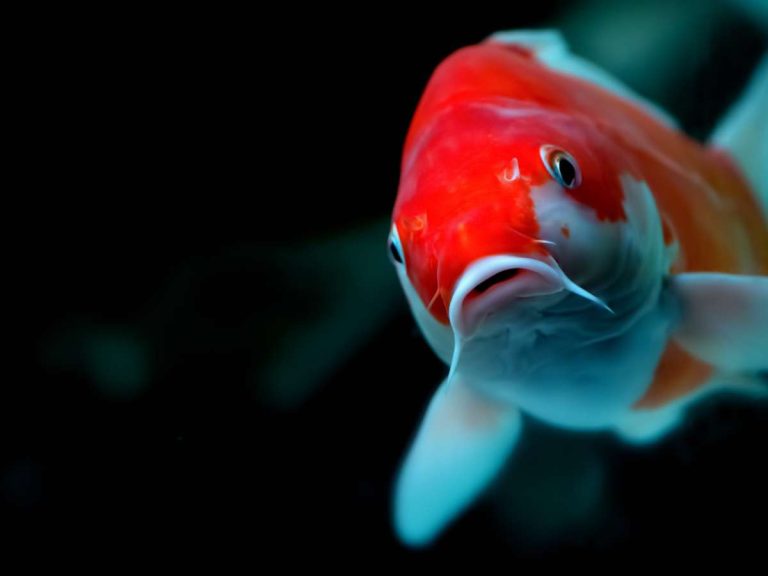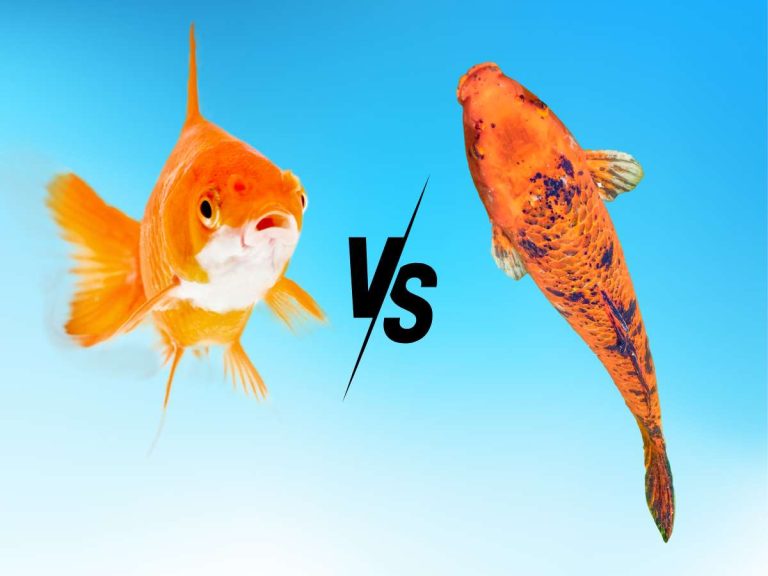Asagi Koi Guide: Ultimate Resource for Care, Maintenance, and Selection
Are you eager to dive into the fascinating world of asagi koi? Look no further! This informative guide is here to help you become a pro at caring for these stunning fish.
Asagi koi are a popular variety of koi known for their distinguishing blue scales on the back and sides, topped with vibrant red “hi” coloring. They are a beloved choice for koi keepers due to their unique and eye-catching appearance. But there’s more to them than just their striking colors!
If you’re interested in uncovering the secrets of asagi koi and gaining expert knowledge on their care, maintenance, and specific characteristics, this article’s for you. We’ll guide you through everything you need to know to ensure your asagi koi thrive in their pond or aquarium. Whether you’re a pond enthusiast, a beginner hobbyist, or just curious about asagi koi, we’ve got you covered.
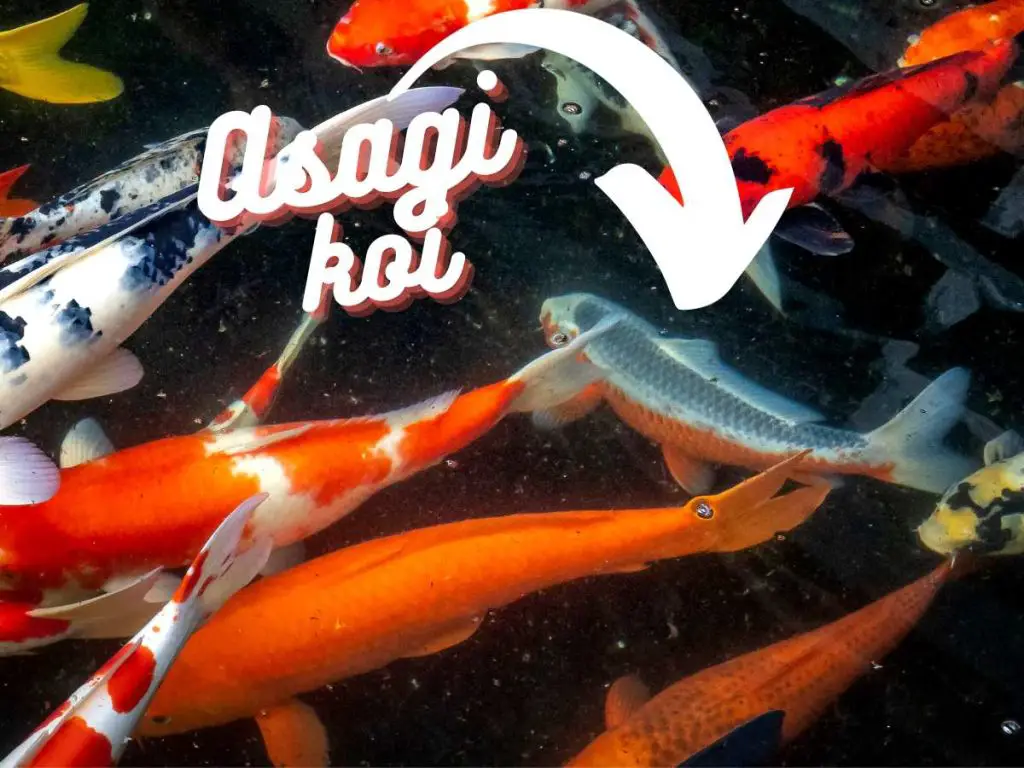
What are asagi koi?
Asagi koi are one of the oldest and most recognized breeds of koi fish, known for their distinctive blue-scaled appearance. Their beauty is characterized by a combination of blue nonmetallic scales, reticulated diamond-like scale patterns, and patches of red coloration, referred to as “hi”. This red hue typically appears on the gill plates, belly, tail, and occasionally on the koi’s dorsal fin. The red in Asagi koi is not the bright red seen in some other koi varieties but leans more towards a rusty shade.
The ideal Asagi koi is expected to have a clear, bold white head. Many Asagi, however, may have small Sumi dots (Jyami) or a yellowish tint on their heads, which are considered imperfections. The scales of an Asagi should be evenly distributed, running down the curves of their body. A good Asagi should have 5–6 even rows of scales from the dorsal fin that run in perfect lines down the sides to the lateral line. The blue scales on their back should have a light blue tint near the base, blending to a darker shade, creating an ombre-like effect. Over time, these scales develop deeper and more intense hues.
Are Asagi koi rare?
While the traditional Asagi koi is common and can be found in many ponds, there are rare variations of Asagi that are highly sought after. One such variety is the Yuki Asagi, also known as the Snowflake Asagi. This variety symbolizes the first snowfall on the red leaves from Fall and is considered a stunning addition to the koi world. As of recent reports, only a few of these rare koi were known to be in the US, making them a prized possession for koi enthusiasts.
Table 1: Asagi Koi Characteristics and Ideal Features
| Feature | Description | Ideal Characteristics |
|---|---|---|
| Scale Color | The primary color of Asagi koi scales. | Light blue at the base, blending to a darker shade. |
| Scale Pattern | The arrangement and appearance of scales on the koi’s body. | Evenly distributed, reticulated diamond-like pattern. |
| Hi (Red) Placement | Areas where the red coloration appears on the Asagi koi. | Gill plates, belly, tail, and occasionally dorsal fin. |
| Head Color | The color of the koi’s head. | Clear, bold white without any blemishes or spots. |
| Body Shape | The overall shape and conformation of the Asagi koi. | Streamlined, well-proportioned, and symmetrical. |
| Rarity Variations | Special variations of Asagi koi that are considered rare. | Yuki Asagi (Snowflake Asagi). |
Asagi koi care guide
When it comes to caring for asagi koi, there are a few key factors that you need to keep in mind. Let’s dive into the details:
Water quality and temperature requirements
Asagi koi thrive in well-maintained water that is free from any pollutants or toxins. It is essential to regularly test the water parameters to ensure they are within the ideal range. Maintain a pH level between 7.0 and 8.0, and keep a close eye on ammonia and nitrate levels. These little fish also prefer their water temperature to be around 68-77 degrees Fahrenheit, so investing in a heater is a good idea if your climate fluctuates.
Feeding and nutrition guidelines
Feeding your asagi koi the right diet is crucial for their overall health and growth. A balanced diet will consist of both high-quality koi pellets and a variety of fresh produce. You can include treats like earthworms, shrimp, or bloodworms occasionally to add some diversity to their meals. Some people even make their own koi food.
Remember, it’s important to feed them multiple small meals throughout the day rather than one large meal to avoid overfeeding and potential health issues.
Recommended pond or aquarium setup
Creating a suitable habitat for your asagi koi is essential for their well-being. If you’re considering keeping them in a pond, make sure it is properly constructed with a good filtration system to maintain water quality. A pond depth of at least 3 feet is recommended to provide enough space for the koi to swim and thrive. If you opt for an aquarium setup, ensure it is large enough to accommodate the adult size of the fish, and invest in a high-quality filtration system to keep the water clean.
Handling and transportation tips
When it comes to handling and transporting asagi koi, it’s important to be gentle and avoid causing them unnecessary stress. If you need to move them, use a soft net or bowl to carefully transfer them without causing any harm. Make sure to acclimate them to their new environment slowly to avoid shock or stress. If you plan on transporting them in bags, remember to fill the bags with enough oxygen and secure them properly to prevent leaks.
Breeding considerations
If you are interested in breeding asagi koi, there are a few things to keep in mind. Ensure you have a separate breeding pond or tank equipped with proper filtration and suitable spawning media. It’s important to closely monitor the water temperature and provide the right conditions for spawning. Be prepared for the complex process of hatching and raising fry, as it requires dedication and careful attention to their changing needs.
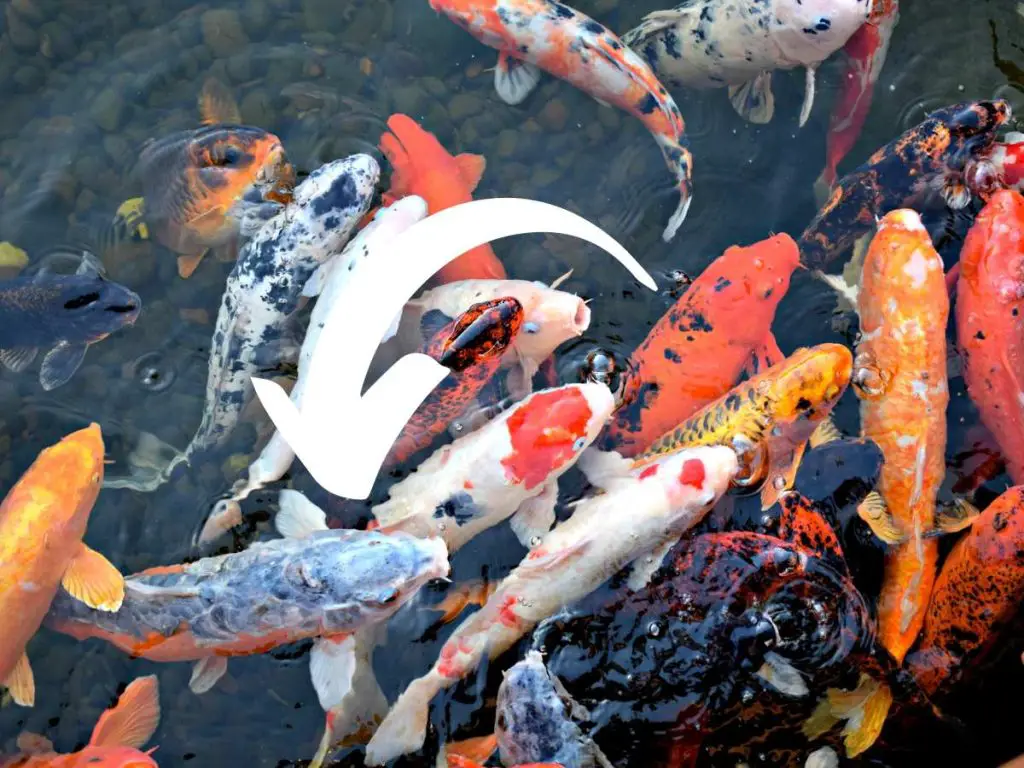
Table 2: Asagi Koi Care and Maintenance
| Aspect | Consideration | Recommendations |
|---|---|---|
| Water Quality | The purity and condition of the water in which the Asagi koi lives. | Regularly test and maintain pH, ammonia, and nitrate levels. Use proper filtration. |
| Diet | What to feed Asagi koi to ensure they remain healthy and vibrant. | High-quality koi pellets, occasional treats like shrimp or lettuce. |
| Temperature | The ideal water temperature for Asagi koi. | 15°C to 25°C (59°F to 77°F). Use heaters or chillers as needed. |
| Shelter | Protection from predators and excessive sunlight. | Use pond netting and provide shaded areas in the pond. |
| Health Monitoring | Regular checks to ensure the Asagi koi is free from diseases or parasites. | Look for signs like erratic swimming, spots, or faded colors. Consult a vet if needed. |
| Breeding | Considerations if planning to breed Asagi koi. | Ensure a spacious pond, separate breeding areas, and proper care for fry. |
Best practices for keeping asagi koi
Keeping asagi koi requires careful attention and proper care to ensure their health and well-being. Here are some best practices to follow:
Regular monitoring and observation
It is important to regularly monitor your asagi koi and observe their behavior. This can help you spot any signs of stress or illness early on. Pay attention to their swimming patterns, appetite, and overall appearance.
Maintaining proper filtration and oxygenation
Adequate filtration and oxygenation are essential for the health of your asagi koi. This helps to keep the water clean and well-oxygenated, which is crucial for their overall well-being. Invest in a good filtration system and regularly clean or replace the filter media.
Providing adequate hiding spots and shelter
Asagi koi need hiding spots and shelter to feel secure in their environment. This can be achieved by adding rocks, plants, or other structures to the pond or aquarium. These hiding spots not only provide a sense of security but also help to create a more natural and stimulating environment for your koi.
Controlling predators and pests
Protecting your asagi koi from predators and pests is crucial. Install a net or cover over your pond to prevent birds or other larger animals from accessing your koi. Additionally, keep an eye out for any pest infestations, such as parasites or algae blooms, and take appropriate measures to control them.
Tips for preventing diseases and parasites
Prevention is key when it comes to diseases and parasites. Avoid introducing sick fish into your pond or aquarium, and quarantine new additions to ensure they are healthy. Maintain good water quality and cleanliness, and be cautious when introducing new plants or decorations to avoid introducing potential pathogens. Regularly monitor water parameters and test for any abnormalities.
Selecting healthy asagi koi
When selecting asagi koi, it’s important to pay close attention to their appearance and specific characteristics. Look for vibrant colors and a sharp contrast between the blue scales on the dorsal region and the orange or red markings on the sides. The scales should be clean and free from any signs of disease or injury. The patterns on the body should be well-defined and symmetrical, with no blotchiness or smudging. Additionally, examine the fins for any abnormalities or tears.
In addition to appearance, it’s crucial to assess the overall health and vitality of the asagi koi. Look for signs of active and energetic behavior, as this indicates a healthy fish. The koi should have a strong and steady swimming motion, without any signs of lethargy or difficulty staying balanced. Watch for any signs of abnormal breathing, such as gasping at the water’s surface or resting at the bottom of the pond or aquarium. Also, inspect the eyes for clarity and brightness, as cloudy or sunken eyes can be a sign of illness.
Red flags and signs of potential issues
While examining the asagi koi, be sure to watch out for any red flags or signs of potential issues. Look for any visible sores, lesions, or wounds on the body, as this can be a sign of infection or parasitic infestation. Also, pay attention to any signs of abnormal behavior, such as excessive aggression towards other fish or constantly trying to hide. These could be indications of stress or underlying health problems.
When purchasing asagi koi, it’s important to interact with the seller or breeder to gather more information about the fish’s history and care. Ask questions about the koi’s origin, including where it was bred and how it was raised. Inquire about the seller’s expertise and experience in breeding koi. A reputable seller or breeder will be willing to provide detailed information and answer any questions you may have.
Identifying different asagi koi varieties
Asagi koi, known for their beautiful blue scales and striking red markings, are a popular choice among koi enthusiasts. Within the asagi breed, there are several distinct varieties, each with its own unique characteristics.
First, we have the Asagi Kohaku, which is a combination of the Asagi and Kohaku varieties. This fish has a white body with deep red markings, creating a visually pleasing contrast. The red is usually concentrated on the head and ends of the fins, while the body remains predominantly white or light blue.
Next, we have the Asagi Shusui, which is a cross between the Asagi and the Shusui koi. This variety displays a beautiful blue color on its back, transitioning to a lighter shade on its sides and belly. It also has a single row of scales along its dorsal line, emphasizing its unique pattern.
The Asagi Showa is another variety that combines the Asagi with the Showa Sanshoku. This koi has a blue base color, similar to the Asagi, but with added black and red markings. The black areas are usually concentrated around the head, while the red markings can vary in size and placement.
Color patterns and markings
When it comes to color patterns and markings, asagi koi are known for their vibrant red highlights against a backdrop of beautiful blue scales. The intensity and distribution of these colors can vary from fish to fish. The red markings are often found on the head, pectoral fins, and tail, while the blue scales dominate the body.
The color quality and distribution are important factors to consider when selecting asagi koi. Look for deep, rich red markings that stand out against the blue scales, as this indicates a high-quality fish. The contrast between the blues and reds should be striking and well-defined.
It’s worth noting that the color patterns and markings can change as the koi grows and matures. Younger asagi koi may have more subdued colors, while older specimens tend to develop bolder and more pronounced patterns.
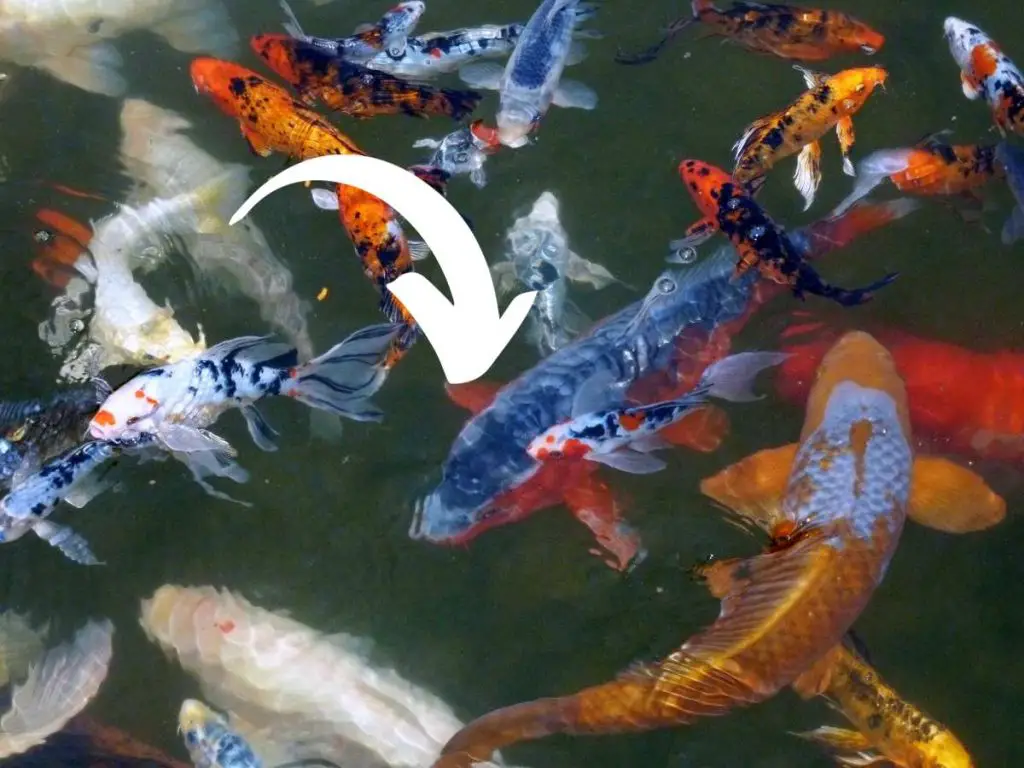
Historical and cultural significance
Similar to shusui and other koi, asagi koi have a rich history and cultural significance in Japan, where they originated. They were initially bred and cultivated by Japanese farmers for their vibrant colors and patterns. In Japanese culture, koi are often associated with good luck, prosperity, and perseverance.
Asagi koi, in particular, are considered a symbol of tranquility and harmony. Their calm and graceful swimming style, combined with their elegant coloring, make them highly prized. Many people even believe that observing koi can have a calming and therapeutic effect, promoting a sense of serenity and well-being.
Common problems with asagi koi (and their solutions)
When caring for asagi koi, it’s important to be aware of common problems that may arise and have solutions at hand. Here are some of the most common issues you may encounter and how to deal with them:
pH imbalance and water chemistry issues
A pH imbalance in your pond or aquarium can cause stress and health problems for your asagi koi. To maintain the optimal pH level, regularly test the water and adjust as needed. Adding buffers or pH stabilizers can help keep the pH within the desired range. Keep in mind that sudden changes in pH can be harmful to your fish, so make gradual adjustments over time.
Nutritional deficiencies or imbalances
Proper nutrition is essential for the health of your asagi koi. Ensure they are receiving a balanced diet that includes a variety of high-quality foods. Commercial koi pellets are a good option, but also supplement their diet with fresh vegetables and protein-rich treats like shrimp or worms. Monitor their eating habits and adjust feeding amounts accordingly to prevent overfeeding or underfeeding.
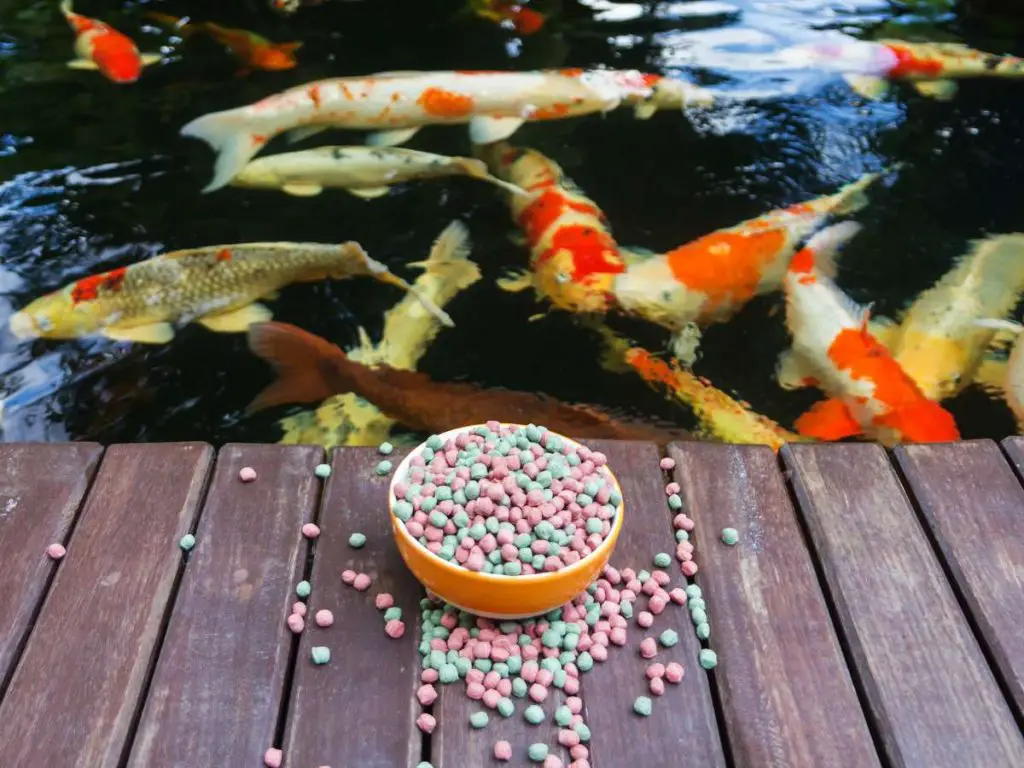
Common diseases and treatments
Asagi koi can be susceptible to various diseases, such as bacterial or fungal infections. Keep a close eye on their behavior and appearance for any signs of illness, such as lethargy, loss of appetite, or visible wounds. If you suspect a disease, promptly isolate the affected fish and consult a veterinarian or koi specialist for proper diagnosis and treatment.
Dealing with aggressive or stressed behavior
In some cases, asagi koi may exhibit aggressive or stressed behavior towards each other or other fish in the pond or aquarium. This can lead to injuries or even death. Providing ample hiding spots and visual barriers can help alleviate aggression.
If the aggression persists, consider separating the aggressive fish or adjusting the stocking density. Stressed fish may benefit from a calm and quiet environment, so avoid sudden loud noises or disturbances that may startle them.
Handling common pond or aquarium issues
Pond or aquarium issues such as algae blooms or poor water clarity can impact the health and well-being of your asagi koi. Regular maintenance and proper filtration can help address these problems. Conduct regular water changes, clean filters as needed, and monitor nutrient levels in the water. Additionally, consider adding plants or algae-eating fish to naturally control algae growth.
Tips for maintaining asagi koi in ponds or aquariums
When it comes to keeping asagi koi in ponds or aquariums, there are a few important tips to keep in mind.
Seasonal considerations and adjustments
As the seasons change, so do the needs of your asagi koi. It’s important to make seasonal adjustments to ensure their well-being. During the colder months for your koi pond, you’ll want to monitor water temperature closely and consider providing some form of insulation, such as a pond heater or insulated pond cover.
In warmer months, be cautious of potential overheating and consider providing shade or adding a fountain or aerator to increase oxygenation.
Cleaning and maintenance routines
Regular cleaning and maintenance are essential for a healthy asagi koi habitat. This includes removing debris, dead leaves, and excess organic matter from the pond or aquarium regularly. It’s also important to clean or replace filters regularly to ensure proper water quality. Additionally, keep an eye out for any signs of algae growth and take appropriate steps to control it.
Handling extreme weather conditions
Extreme weather conditions can pose challenges for asagi koi.
In very hot weather, it’s crucial to provide shade and plenty of aeration to prevent oxygen depletion.
During freezing temperatures, measures must be taken to prevent the pond or aquarium from completely freezing over, as this can trap harmful gases and lead to asagi koi suffocation. One option is to install a pond heater or use a de-icer to create a small hole in the ice to allow for gas exchange.
Recommended equipment and tools
Investing in the right equipment and tools can make maintaining asagi koi easier and more efficient. A pond net or pond vacuum can help remove debris from the water, while a water testing kit is essential for monitoring water quality. Additionally, a pond aerator or fountain can provide necessary oxygenation, and a good quality filter system is crucial for removing pollutants and maintaining a healthy pond or aquarium environment.
Troubleshooting common issues
Even with proper care, it’s still possible to encounter common issues with asagi koi. Some common problems include poor water quality, aggressive behavior, or disease outbreaks. Regular monitoring and observation will help you identify these issues early on. It’s important to address problems promptly and seek appropriate solutions, such as adjusting water parameters, addressing aggression through proper habitat design, and seeking veterinary advice for treating diseases.
Conclusion
If you’re passionate about ponds and looking for a fascinating and beautiful addition to your aquatic environment, asagi koi are a wonderful choice. These unique and vibrant fish have a long history and cultural significance, and with the right care and attention, they can thrive in both ponds and aquariums.
Throughout this article, we’ve covered all the essential information you need to know about asagi koi care, selection, and identification. We’ve provided guidance on water quality, feeding, breeding, and maintaining a healthy environment. We’ve also discussed common problems and how to address them, as well as seasonal considerations, equipment recommendations, and troubleshooting tips.
By following best practices, such as regular monitoring, proper filtration, and providing hiding spots and shelter, you can ensure the well-being of your asagi koi. It’s also important to pay attention to their appearance, assess their overall health, and be aware of any potential red flags when selecting or interacting with sellers or breeders.
For those short on time, here’s a quick recap of the main facts covered in this article:
- Asagi koi are vibrant and unique fish with cultural significance.
- Proper care includes maintaining water quality and temperature, feeding and nutrition, and providing a suitable environment.
- Regular monitoring, proper filtration, and hiding spots are essential for keeping asagi koi healthy and happy.
- Selecting healthy asagi koi involves assessing their appearance, overall health, and interacting with reputable sellers or breeders.
- Different asagi koi varieties have distinct characteristics and color patterns.
- Common problems include pH imbalance, nutritional issues, diseases, and aggression.
- Keeping asagi koi requires seasonal adjustments, regular cleaning and maintenance, handling extreme weather, and using recommended equipment.
We hope this guide has provided you with valuable insights and knowledge to become a successful asagi koi owner. Remember, the key to their happiness lies in providing the care and attention they deserve. So dive in and enjoy the colorful world of asagi koi!
Related Questions:
Can asagi koi be kept in indoor aquariums?
Yes, asagi koi can be kept in indoor aquariums as long as the tank meets their requirements. It is important to provide sufficient space, proper filtration, and maintain appropriate water conditions. Additionally, consider adding hiding spots and shelter to simulate a natural environment for the koi.
Do asagi koi varieties differ in terms of care requirements?
While all asagi koi have similar general care requirements, specific care may vary slightly depending on the variety. Factors such as color patterns, markings, and genetic traits may influence their susceptibility to diseases or specific water conditions. It’s recommended to research and understand the specific care needs of the asagi koi variety you have to ensure their optimal health and well-being.

